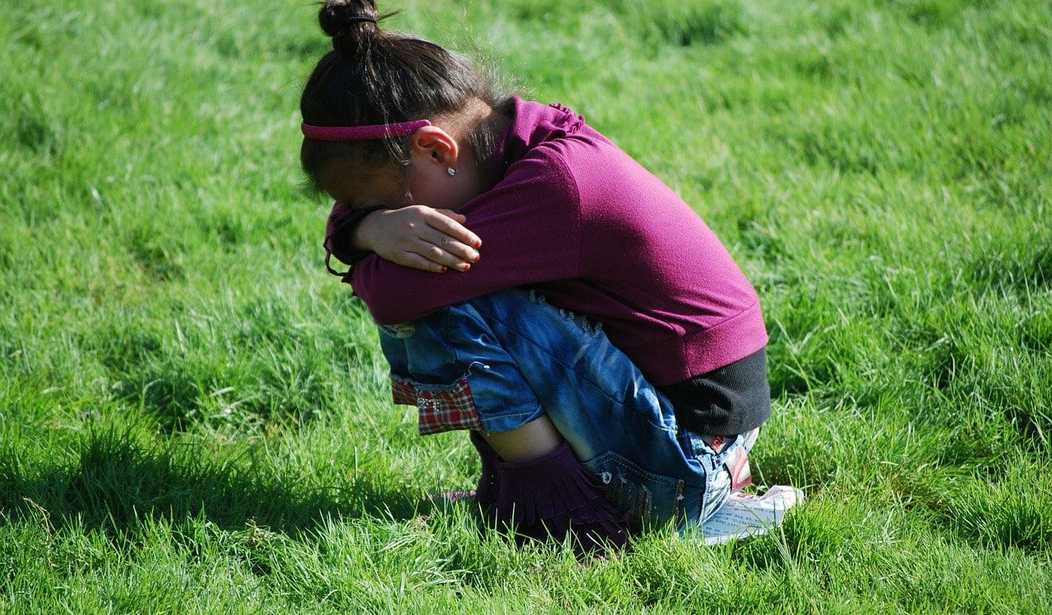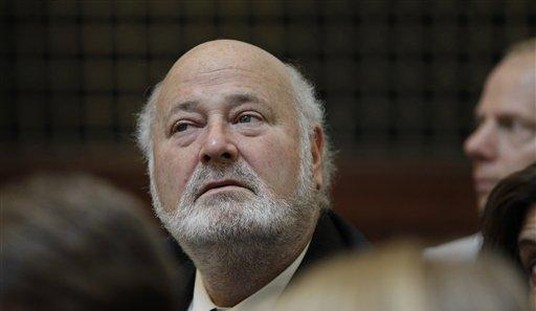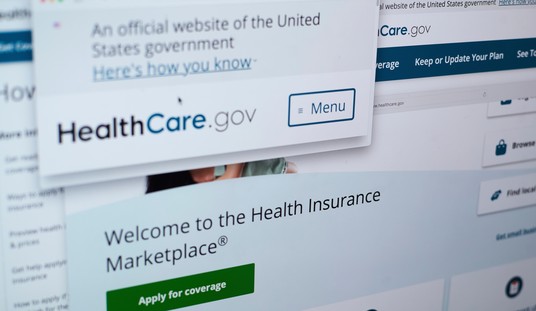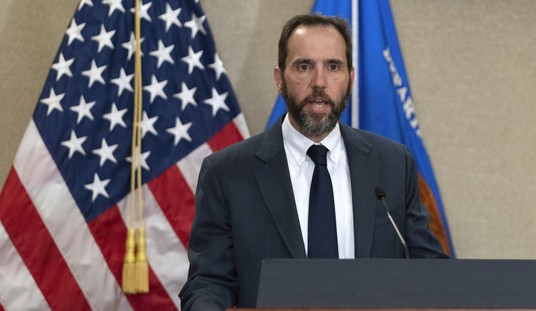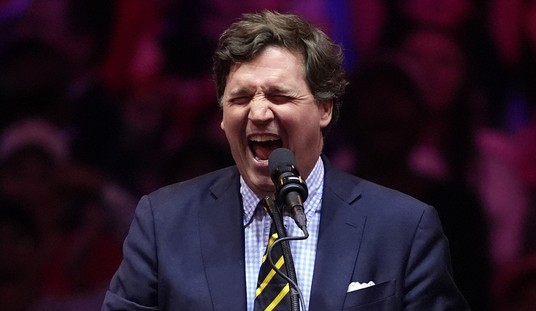You are the hero of your own story.
—Joseph Campbell
With all due respect to Mr. Campbell, that statement isn’t always true: Some people, alas, are the villains of their own story.
And then, when they take their own life, it all makes sense in their upside-down, overwhelmed, miswired minds: There’s virtue in ridding the world of villains, isn’t there?
So in a certain way, they’re doing a GOOD thing. One last, final good thing — after a lifetime of getting everything else so spectacularly wrong. At least now they’re freeing their friends and family of this horrible, broken, unwanted anchor that drags everyone down to the bottom of the sea.
At least now, everyone else will have a chance for happiness.
But not you, of course. You’re a lost cause.
Despair and depression quite literally rewire your brain’s circuitry. Your sense of logic is flipped on its axis; emotions ebb and flow — rage and wither — without warning.
It’s almost impossible to consistently reach sane conclusions when your mind keeps feeding you insane information.
Just a few days after scoring a touchdown on Monday Night Football, Dallas Cowboys defensive end Marshawn Kneeland killed himself in a port-a-potty. (Sarah Anderson, my esteemed PJ Media colleague, covered the sad story.)
He was only 24.
For Cowboys’ quarterback Dak Prescott — Kneeland’s teammate — the tragedy surely stirred memories of another God-awful day: April 23, 2020, when his brother Jace committed suicide.
Jace was just 31.
In our celebrity-driven, sports-obsessed culture, the suicides of some people are more publicized than others. But away from the headlines, TV cameras, and trending stories — and all too often away from the help they desperately need — 22 U.S. veterans commit suicide every single day.
Public perception of suicide has changed dramatically over the last 50 years. When I was a kid, we were taught that suicide was a selfish, cowardly act: Only a loser would do such a thing.
We looked at suicide victims with disdain.
Pity, too. Sadness, too. But there was an undeniable sense of disdain — that the “coward” took the easy way out.
Looking back on it, I understand what my teachers’ motivation was: Suicide is such a terrible, abominable, heartbreaking thing, grownups wanted to make it as unattractive to kids as possible. Their motivation wasn’t to “shame” victims, but to scare the bejesus out of us.
Because they, too, were scared.
But what we were taught wasn’t really accurate. Most people don’t commit suicide because they’re selfish, greedy, unfeeling, or uncaring. The opposite is true: They care, love, and feel so deeply, but their mind is misfiring, imprisoning them in a false reality. Yes, they’re grief-stricken, but what is grief?
“Grief is love with no place to go.”
Their mind is so twisted and so wounded, they don’t see a way out.
Everyone responds to trauma differently. Some bounce back without a scratch, same as they ever were. Others get stuck in a permanent sense of “fight-or-flight mode” — compulsively on the lookout for the next danger (which they’re sure is coming). And it’s not at all uncommon for trauma victims to try to protect themselves by withdrawing emotionally, disengaging from social groups, numbing their mind and heart with alcohol, marijuana, pills — whatever it takes.
Coping mechanisms are as wide and varied as people’s personalities. Everyone does it in their own way.
But not everyone has the tools to cope.
There shouldn’t be any shame in seeking mental help. That was the problem with the old way of teaching kids about suicide: If teenagers are ashamed of having suicidal thoughts, they might not be as forthcoming asking for the help they need. Instead, their grief, guilt, and shame is compounded, making suicide more likely.
Statistically, the “lifetime prevalence (standard error) of suicidal ideation, plans, and attempts is 9.2%.” In other words, nearly one in ten.
Which means, we’ve all known people who were struggling. Maybe we weren’t aware of it at the time, but there’s a near-100% certainty that someone close to you was weighing the pros and cons of taking their own life while you were busy yapping about something else.
And just maybe, something you said — or something you did — was what kept them alive.
I’m not going to pretend that I have the answers. But I believe these three things with all my heart:
- The right word at the right time has saved more lives than ANYONE will ever know. (And, tragically, the opposite is probably true — which is why we must be mindful of a flippant mouth.)
- You never know what anyone else is going through, so please be kind to everyone.
- There shouldn’t be a stigma about needing help for mental health. Look, if your leg breaks, not going to the doctor doesn’t make you “brave” or a “real man” — it makes you a frickin’ moron. REAL courage is being willing to fight for your own mental health; those who seek help should be applauded.
If you’re contemplating self-harm, please don’t. Reach out to a loved one (if available) and get professional help ASAP. God made you for a reason; we need you; we love you. There’s only one of you.
Which means, you’re precious and necessary.
And if your brain ever tells you otherwise, please find the wherewithal to recognize that your brain is miswired and feeding you garbage. It’s why you’re reaching these false conclusions.
You just need help rewiring your brain. That’s all.
And there’s no shame in that.



